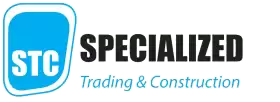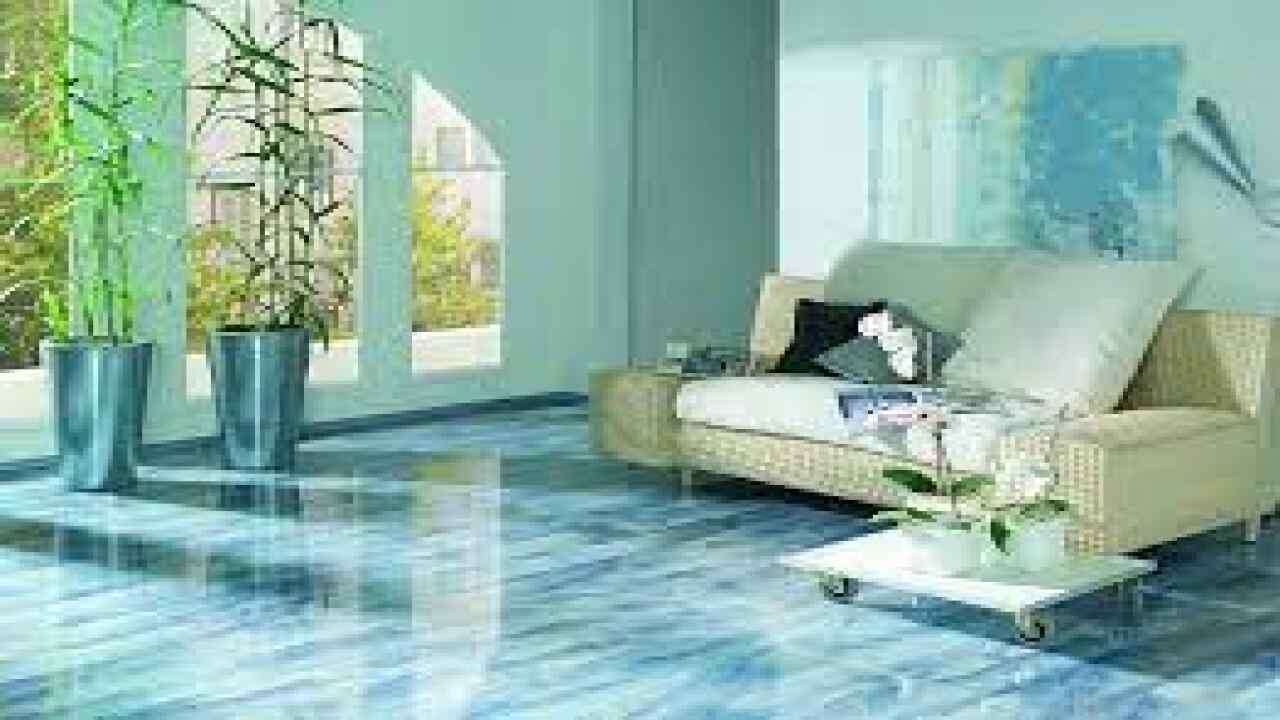The names differ in 3D floors, some of us are called 3D epoxy floors and some of us are called 3D floors or alternative 3D ceramics and many other names, and we will learn in this article through the Specialized Trading and Contracting website some information about 3D epoxy floors.
3D epoxy flooring installation
Before you start laying these 3D epoxy floors, you must make sure that the surface of the floor is flat, because in the event of neglecting this point, the floor will appear as solid and not flat, then the epoxy installation teacher will place the image to be applied to the floor after adjusting its length and width to suit the space In the case of installation, the epoxy is applied to the picture evenly distributed over the floor.
Then the epoxy master chooses the design and the picture, and then also prepares the floor that will be painted, there is no difference if it is concrete or ceramic to implement the 3D epoxy floors that you can implement on different types of floors and surfaces.
The soil should not have one level higher than the other, then the ground is cleaned or leveled, then we add the stabilizer to the soil and uniform it evenly, then leave it for a day or two, then add the picture if possible, and in the last step, transparent epoxy is placed to give Mirror-like reflector.
Advantages of epoxy, an economical alternative to ceramics
- It does not require sand or cement to be installed and therefore transportation and lifting is very easy.
- The installation process is simple and does not require much time or effort.
- Scratch maintenance and repairs are very simple unlike ceramic.
- Can be installed directly on concrete floors.
- It does not have spacers like ceramic and porcelain, and therefore does not get dirty.
- It acts as an additional insulating material for floors.
- Resistant to high temperatures and thus acts as a thermal insulator
- The most important thing that distinguishes the floors is that they are completely safe, and also provide a safe working
- environment for workers, whether in factories or other institutions, for example hospitals or schools, where there are non-slip epoxy floors and thus protect people from the risks of injury.
- Epoxy floors are designed to show floors with a high gloss and glossy finish, adding attractiveness and eye-catching with its modern designs.
- Epoxy floors are quick and easy to install.
- Epoxy floors can be mixed with regular paint to cover cracks in floors.
- Epoxy floors resist oil stains and murky water by wiping and cleaning them as if they were new.
- Epoxy floors prevent cracks in the floors of concrete buildings.
- Epoxy floors are a material that does not pollute the environment and does not pose any health risk, so it is considered environmentally friendly.


Share
- Comments